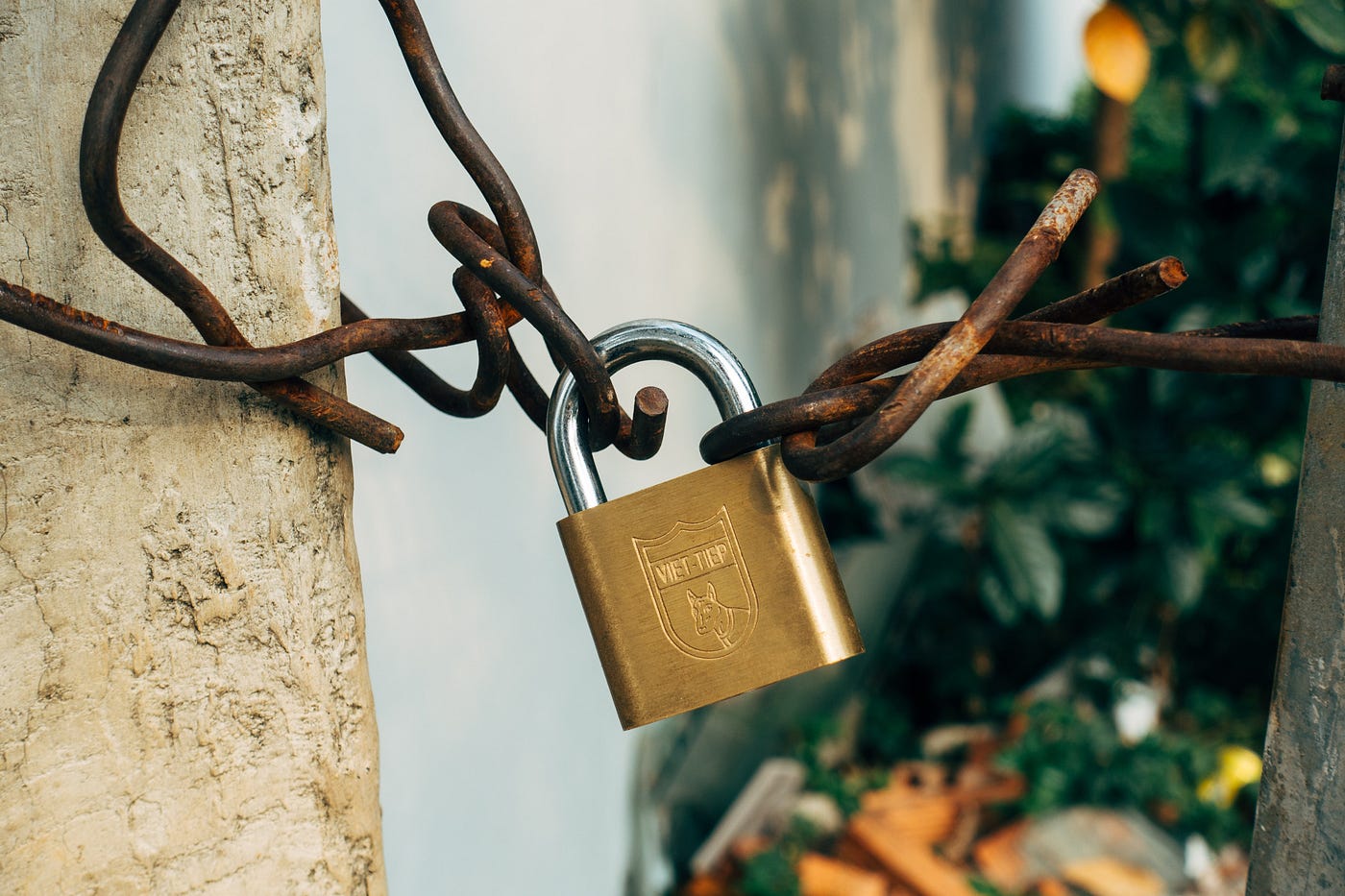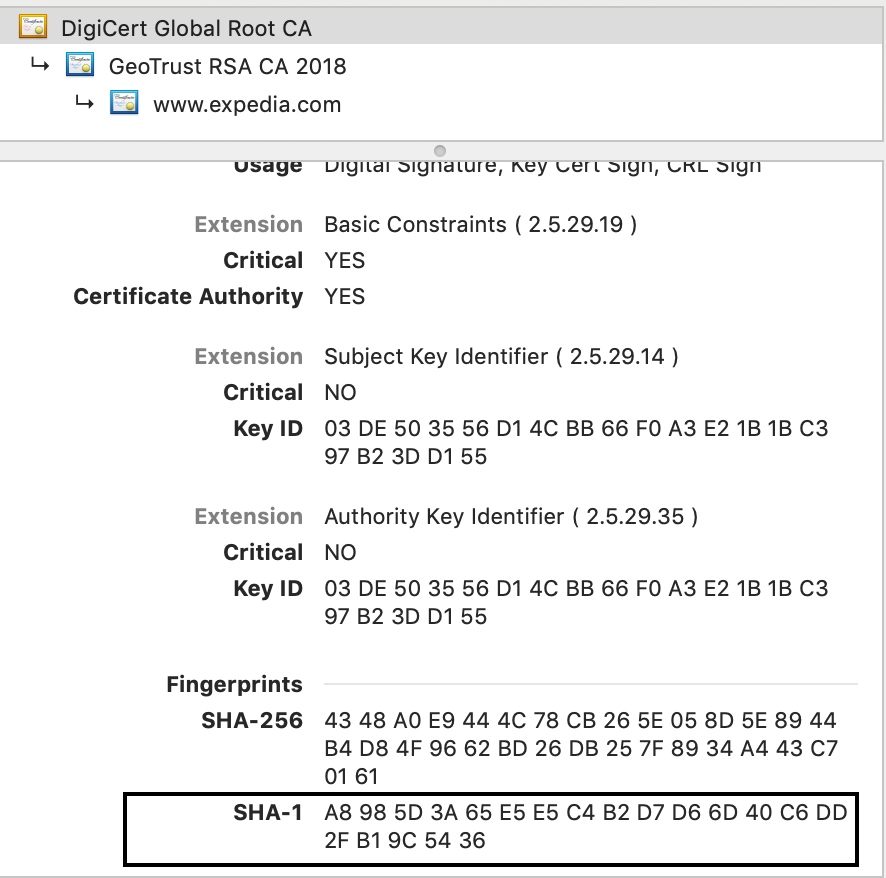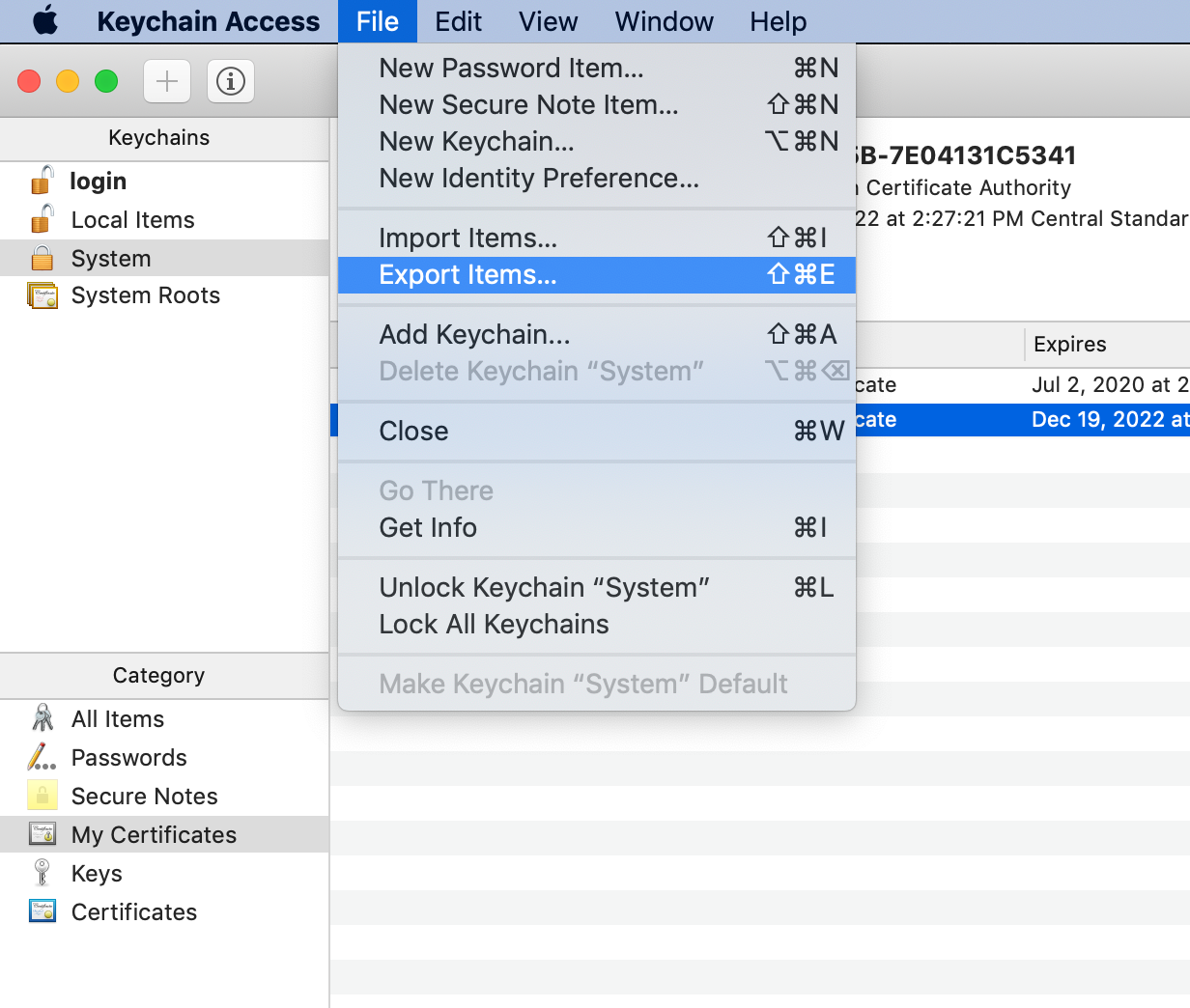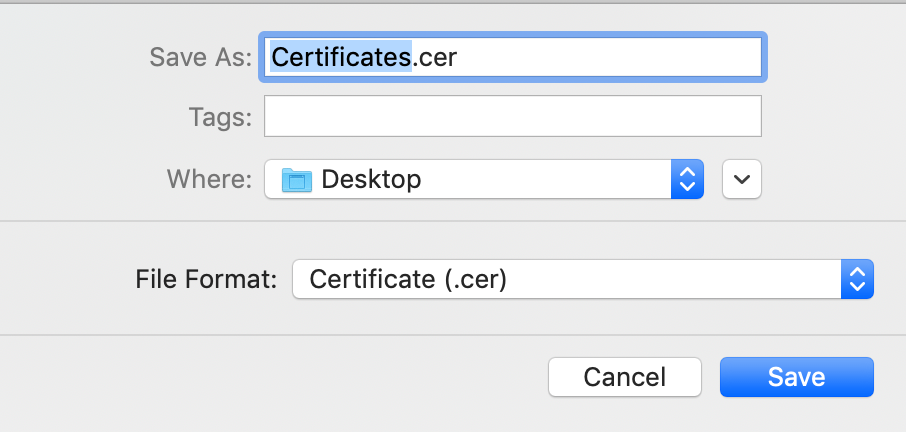How To Install Ssl Certificate In Java
EXPEDIA GROUP TECHNOLOGY — SOFTWARE
How to Import Public Certificates into Java's Truststore from a Browser
Troubleshooting troublesome certificates
![]()

- Were you ever able to connect to an HTTPS service endpoint from your browser but not from a Java application?
- Do you know where to fetch certificates?
- Has your server's HTTPS SSL certificate changed?
- Is your version of Java unable to recognize a Root CA?
If you have faced any of these issues, this article might help.
Recently, while I started an application on my local system that connects to an HTTP service endpoint over SSL, I got an error (shown below) as the application was not able to recognize the Root Certificate Authority(CA) of the endpoint.
Caused by: sun.security.provider.certpath.SunCertPathBuilderException: unable to find valid certification path to requested target The error message indicates that the application could not establish a secured connection over SSL (you may see this issue if you are using a certificate that is issued by an internal Certificate Authority or Self-Signed certificate). The trust is handled by having root and intermediate (may not be required if using the default JVM security setting) certificates of your SSL certificate on a trusted keystore which I was missing. I didn't know where to look for the right certificate so I did a bit of digging.
Since I could connect to the endpoint in the browser over SSL, I extracted the Root CA certificate from the browser and inserted it into my Java truststore. Viola, I could successfully access the HTTPS endpoint from my application!

Steps to follow
Find your current Java version
- If you have multiple Java versions, you need to decide which version of Java to use with the certificate.
java -version Get the Root CA SHA-1 fingerprint of the service from your browser
- Go to the HTTPS service endpoint in your browser
- Click on the lock button on the address bar
- Go to Certificate
- Select the Root Certificate Authority(top-level parent)
- Get the SHA-1 fingerprint of the Root CA. This example is from the screenshot below:
A8 98 5D 3A 65 E5 E5 C4 B2 D7 D6 6D 40 C6 DD 2F B1 9C 54 36 
- Replace spaces in the fingerprint with colons
A8:98:5D:3A:65:E5:E5:C4:B2:D7:D6:6D:40:C6:DD:2F:B1:9C:54:36 List all the trusted public Root CAs in your Java truststore
- Navigate to the $JAVA_HOME/jre/lib/security folder for the cacerts file
- cacerts is the default Java truststore. A truststore authenticates peers. A keystore authenticates yourself. cacerts is where Java stores public certificates of trusted Root CAs
- Use the following command (on Unix, a similar command is available in other OSes) to list the existing certs in the truststore:
keytool -keystore $JAVA_HOME/jre/lib/security/cacerts -list The default password for the truststore: changeit
- This truststore contains 95 entries with the name of the Root CA along with trusted SHA-1 certificate fingerprints as shown below:
Keystore type: jks
Keystore provider: SUN Your keystore contains 95 entries verisignclass2g2ca [jdk], Jun 12, 2018, trustedCertEntry,
Certificate fingerprint (SHA1): B3:EA:C4:47:76:C9:C8:1C:EA:F2:9D:95:B6:CC:A0:08:1B:67:EC:9D
digicertassuredidg3 [jdk], Nov 30, 2017, trustedCertEntry,
Certificate fingerprint (SHA1): F5:17:A2:4F:9A:48:C6:C9:F8:A2:00:26:9F:DC:0F:48:2C:AB:30:89
digicertglobalrootca [jdk], Nov 30, 2017, trustedCertEntry,
Certificate fingerprint (SHA1): A8:98:5D:3A:65:E5:E5:C4:B2:D7:D6:6D:40:C6:DD:2F:B1:9C:54:36
Check if the certificate from your browser already exists in the truststore
- From the above list of trusted entries in the truststore, search for the SHA-1 fingerprint from the browser
- If the SHA-1 fingerprint from the browser doesn't exist in your truststore, proceed to the steps below
Export the certificate(.cer file) from the browser
- I'll be exporting the certificate for an HTTPS endpoint from Chrome on Mac
- Go to chrome://settings/privacy in the address bar
- Click on Manage certificates to open the Keychain Access tool on Mac
- On the left side of Keychain Access tool, select System under Keychains and My Certificates under Category
- Select the certificate you want to export, then File > Export Items > Select .cer file format > Save

- While exporting to .cer file, you might be asked to protect it with a password. You will use that password when importing the file.

Import the certificate(.cer file) into Java's truststore:
- Be careful to only import the certificates to the truststore that you trust
- After you export the certificate from the browser into .cer file, you need to import it into the truststore as follows:
sudo keytool -import -alias testCert -keystore $JAVA_HOME/jre/lib/security/cacerts -file example.cer alias - alias for the certificate so have a meaningful name
file - exported .cer certificate from the browser
The default password for the truststore: changeit
- After you have successfully imported the certificate, you can check if it exists in the truststore based on the alias and the fingerprints of the Root CA
- Restart your JVM and your application should now be able to recognize the Root CA and connect to the endpoint over SSL
Important to remember
- If you need to delete a certificate from the truststore that was inserted by accident:
# Recommended to make a copy of keystore before you do this
# List all the certificates
keytool -keystore $JAVA_HOME/jre/lib/security/cacerts -list -v # Delete a certificate
keytool -delete -alias aliasToRemove -keystore $JAVA_HOME/jre/lib/security/cacerts
- Instead of adding the certificate to the default Java truststore, you can also create a custom truststore and add it as a JVM parameter while starting the application:
-Djavax.net.ssl.trustStore=/app/security/truststore.jks
-Djavax.net.ssl.trustStorePassword=myTrustStorePassword - cacerts files correspond to a version of Java. If you have multiple versions be mindful that you might have to insert the certificate in the right version of Java

References
- https://medium.com/@codebyamir/the-java-developers-guide-to-ssl-certificates-b78142b3a0f
- https://www.comodo.com/support/products/authentication_certs/setup/mac_chrome.php#import
Please reach out to me if you have any questions/ suggestions or if you think anything is not accurate.
Thanks for reading! Happy coding!
Photo by Markus Winkler on Unsplash
Learn more about technology at Expedia Group™️
How To Install Ssl Certificate In Java
Source: https://medium.com/expedia-group-tech/how-to-import-public-certificates-into-javas-truststore-from-a-browser-a35e49a806dc
Posted by: hibblerackind.blogspot.com

0 Response to "How To Install Ssl Certificate In Java"
Post a Comment